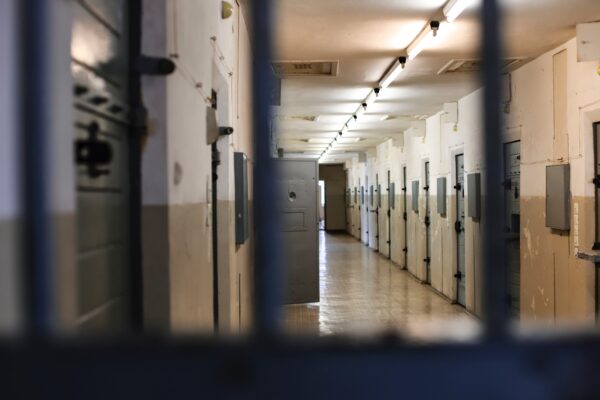Across Indiana, inmates are being subjected to overcrowded jail cells and inhumane living conditions. Many are forced to sleep on cell floors, exposed to extremely dirty conditions with insects and black mold. Even worse, when prisons and jails are over capacity, the needs of prisoners with medical and mental health needs are often overlooked and unmet.
The ACLU of Indiana has filed overcrowding lawsuits in several county jails over the past decade. The hazardous conditions in these jails result in the denial of basic human needs and constitute violations of the U.S. Constitution's protections against cruel and unusual punishment. With the alarming pattern of jail overcrowding throughout the state, we must push for policies that aim to reduce jail populations whenever possible, and reduce the need for additional cells.
Jails with overcrowded conditions may add triple bunk beds to cells or other bed "alternatives" without appropriate approval, cramming four people into a two-person cell and even forcing people to sleep on cell floors.
In these extreme cases, the construction of new jail cells can be necessary to ensure the safety and well-being of individuals who are incarcerated. But if we also start addressing the systemic causes of jail overcrowding, additional construction of even more cells can be prevented in the future.
Indiana Criminal Justice Policy Reform
Unfortunately, there isn’t one simple solution to jail overcrowding. Overcrowding is the result of decades of tough-on-crime policies, and even some well-intended criminal justice reform.
More recently, Indiana lawmakers restructured the state’s criminal code between 2013 and 2015, acknowledging unsustainable growth. While this reform helped slow the growth of the state-run prison population, it did so by relocating some low-level offenders to county jails. In 2018, an evaluation by the Indiana Criminal Justice Institute found 77% of Indiana’s jails to be overcrowded or at capacity.
Now What?
Two factors drive over-crowding: the number of admissions and the length of time a person is incarcerated. Combatting the overcrowding problem in our state will require reducing both. From pre-trial and sentencing reform to eliminating parole revocations for technical violations, view the Indiana Smart Justice Blueprint to learn how our state can cut its incarceration rate in half.


